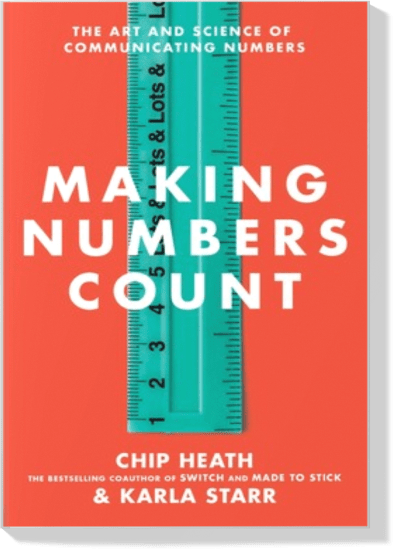TMG Book Club
DEEP WORK: Rules for Focused Success in a Distracted World
Crossing the Chasm
By Geoffrey A. Moore
Crossing the Chasm is about how to define and develop a market for your innovative B2B product. The author explains the technology adoption life cycle and demonstrates how the space between Early Adopters and the Early Majority is nothing less than, well, a chasm. What follows is a step-by-step approach for crossing that chasm. From targeting the point of attack, to defining the battle, and launching the invasion, this book leaves no stone unturned and is a must-read for anyone trying to launch an innovative product in a business to business environment.
Entrepreneurs, business owners, technologists, marketers, and anyone in product ownership. If you are responsible for making your product valuable in the eyes of your customer, this book will help you understand and define that value.
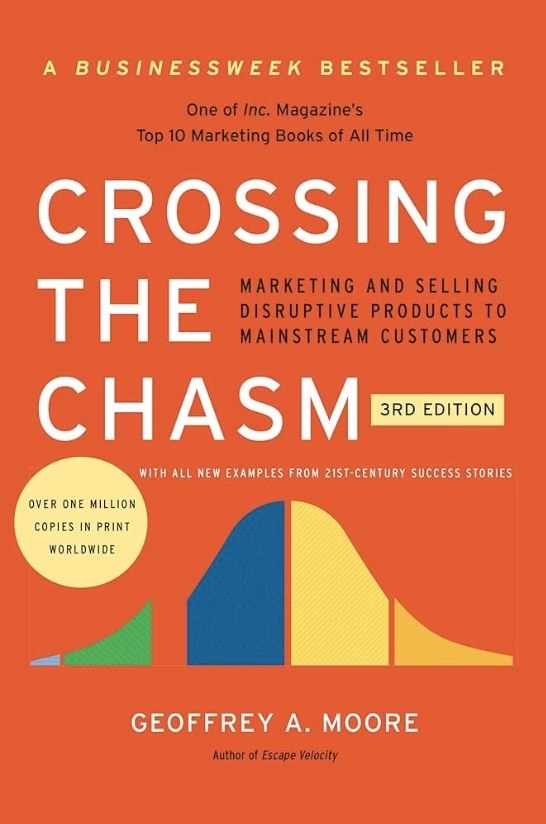
Deep Word
By Cal Newport
First, let’s define it: Doig Deep Work means being able to hold a large amount of focus and attention on a single chosen subject and keep it there until a breakthrough occurs. The authors field is computer science, but the lessons are easily applied to any field that requires a significant amount of focus from a human being to accomplish something meaningful. This book makes the argument that the ability to work deeply is disappearing in modern society at the same time that it is becoming more valuable. The author concludes with practical insights to help readers learn how to build their Deep Work muscles and become more capable of producing novel work – and to do all of that without burning out!
I think this book rises to the level of a modern leadership classic, and therefore I think everyone can find meaningful benefit. Specifically, if you find you are clearing your inbox weekly but making no progress on your quarterly or annual objectives, this book is for you. If you find you spend all day fighting fires and while doing that you can’t actually build the future state you’re striving for, this book is for you. Be ready to take some steps out of your comfort zone, the ideas here are big and can change your personal leadership game.
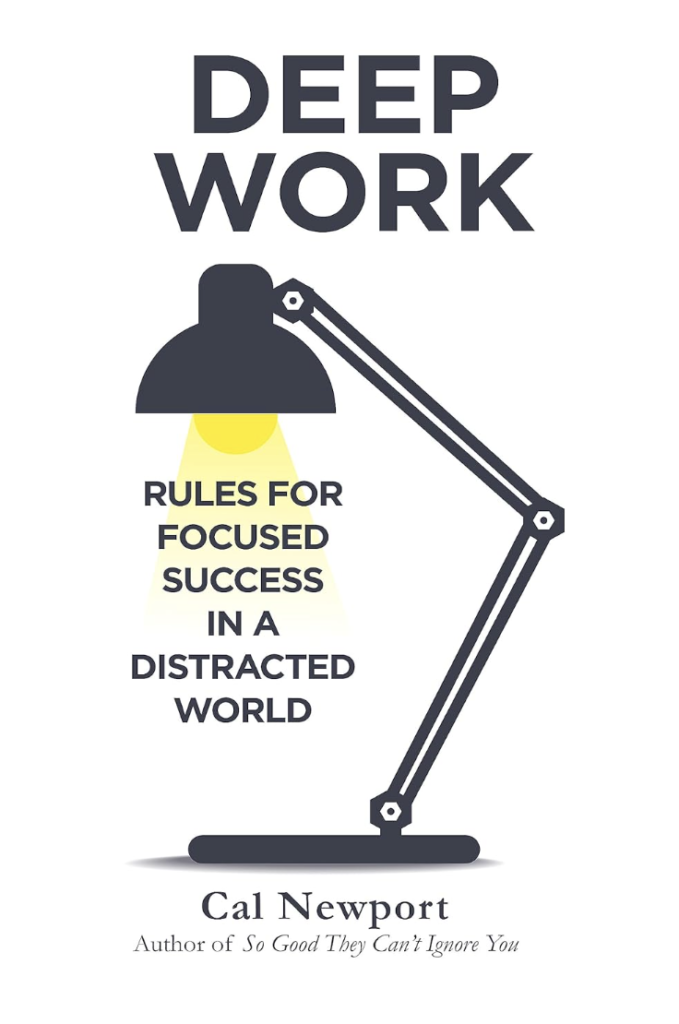
How Big Things Get Done
By Bent Flyvberg and Dan Gardner
This book is a well-reasoned tour through the world of megaproject management – an emerging subfield within the project management sphere. The technical author, Bent Flyvbjerg is “the worlds leading megaproject expert” according to the global accounting firm KPMG. Similar to some other books we’ve read, he explores projects gone wrong (e.g. the Sydney Opera House), and gives them a compare and contrast case study treatment using a parallel project that went exceptionally well (e.g. the Empire State Building). Covering a number of cognitive biases and how they impact exceptionally large projects, Flyvbjerg and Gardner explain how to protect yourself from black swan outcomes in megaproject management.
If you are building something unlike anything you’ve built before, you should really read this book. You’ll learn how to improve your project management thinking, process, and outcomes. The author uses his one-of-a-kind project management database to definitively demonstrate the impact of the tools described throughout the book. From the uniqueness bias, through pixar planning, and to reference class analysis – there truly is something here for people at all ends of the project management spectrum.
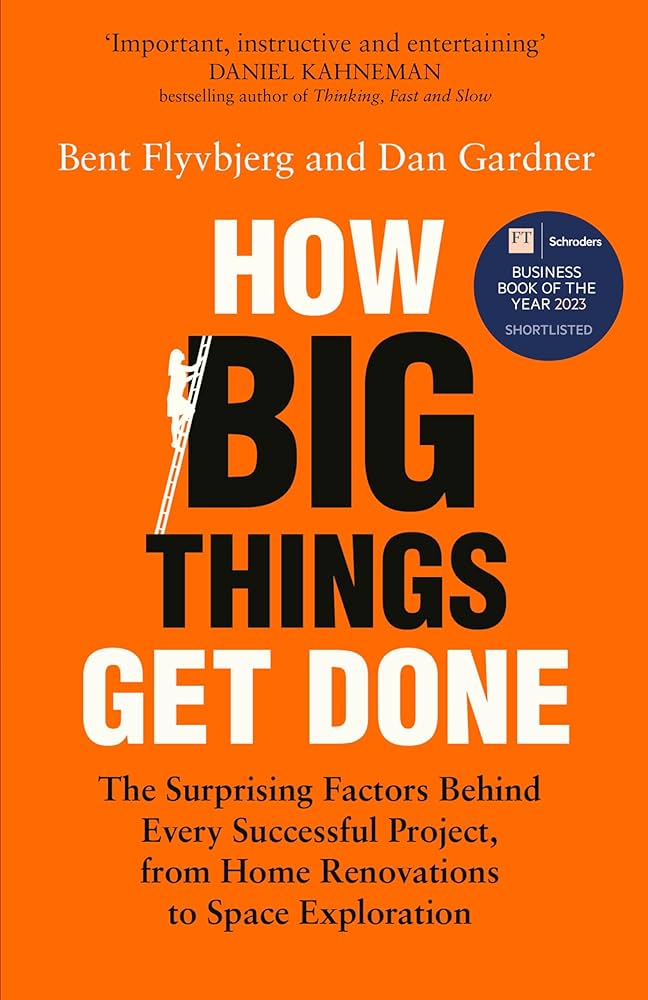
Leadership is Language
By David Marquet
There is a critical correlation between language and performance. By communicating in a manner that is proactive, focused on improvement, and encourages creativity, leaders can learn to effect change for the better, in both tangible outcomes and morale. Author L. David Marquet, a former US Navy captain, takes the reader on a journey to discover strategies and paradigm shifts that help leaders choose the correct words to use at the correct times. The concepts taught throughout the book range from nuances in articulation to complete mindset shifts. Words, and how they are delivered, can make or break a team.
Marquet divides work into two segments: redwork and bluework. Redwork consists of tasks, execution, processes; while bluework consists of planning, deciding, predicting, improving. An important distinction to make is that these are segments of work performed, not people or roles. There is a time, place, and balance for every team member to participate in both types of work – how that balance is articulated by leadership in pinnacle. I have a personal appreciation for Marquet’s emphasis on expanding the inclusion of bluework (thinking) – leverage the uniqueness that is a part of being human.
Leaders in any capacity will likely find use and enjoy from reading “Leadership is Language”, as well as aspiring leaders. The domain of leadership presented in the book is not exclusive to business. The principles shared can be applied to leaders of small groups, family, clubs, extracurriculars, etc. If you’re wanting to learn proven perspectives to effectively leverage team members, for the sake of the individual and the team, then this is a book for you.

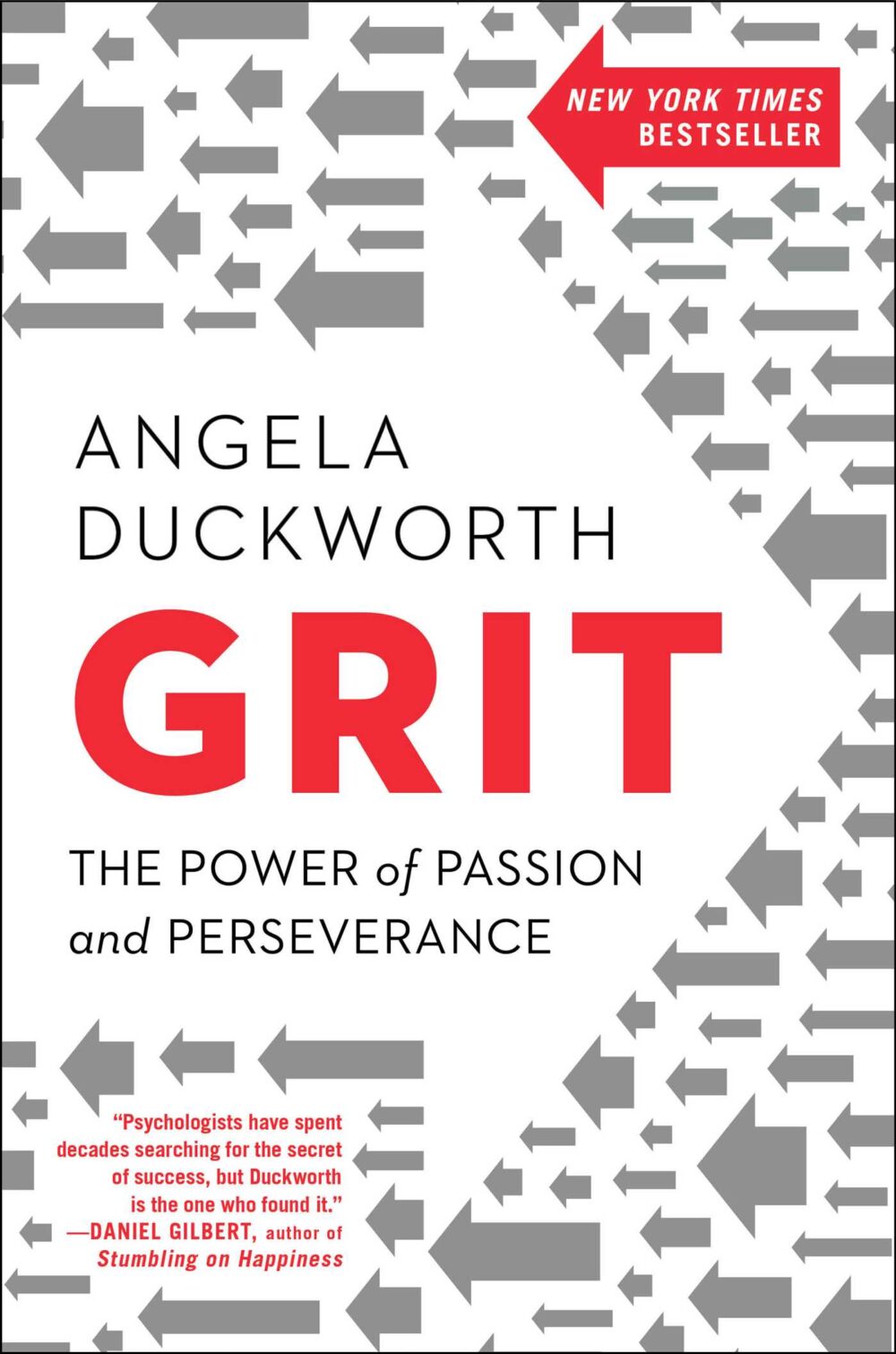
Grit
By Angela Duckworth
The author has devoted her professional academic career to the topic of Grit – which attempts to answer the question: Why do some people give up, while others persist? The core argument of the book is that persistence pays off, and that effort counts twice – once in practice, and once in the production of work. She gives individual examples, from the grit “paragons” you’d expect to hear about in high performance environments, to the less obvious examples found in more every day life. The major takeaway our group took from the book was that Grit, like many other human traits and characteristics, can be built up over time – so if you want to be the kind of person that is undeterred in the face of obstacles, there is a path you can follow to improve over time.
If you are looking for ways to improve your ability to do hard things – not just to start them, but to get them out of the starting blocks and into the world – this book is a must read. Practical suggestions for how you can grow in your ability to weather the storms the world throws at you without giving up.
I’d also suggest this book to parents of kids, especially kids still in primary education. Lots of great stuff in the book about how to raise Gritty kids that will be resilient and, likely, more successful as they enter college and adulthood.

Thinking in systems
Donella Meadows’ book, “Thinking in Systems,” is a remarkable exploration of complex systems and the principles behind them. In this insightful work, Meadows provides readers with a comprehensive understanding of how systems thinking can be applied to various aspects of life, from environmental sustainability to business management. Her ability to present complex concepts in a clear and accessible manner makes this book an invaluable resource for anyone interested in understanding the interconnectedness and dynamics of the world we live in.
One of the fundamental concepts discussed in “Thinking in Systems” is the distinction between stocks and flows. While stocks represent the current state of a system, such as gross margin or profit, Meadows argues that focusing solely on stocks is insufficient for effective decision-making. Instead, she emphasizes the importance of measuring and analyzing the flows within a system. By understanding the patterns and dynamics of flows, one can gain insights into the future trajectory of the system, enabling the development of predictive forecasts. This shift in perspective allows individuals and organizations to anticipate and plan for future outcomes rather than being confined to reacting to the present state of affairs.
For a business, the stock-and-flow concept closely relates to data, reports, and dashboards. While stocks-based reporting provides crucial information about the current status, it often falls short of offering valuable insights for strategic decision-making. By focusing on flows and incorporating them into data analysis and dashboards, it becomes possible to develop a more comprehensive and forward-looking understanding of the system’s behavior. This integration of flow-based metrics and forecasting capabilities empowers individuals and organizations to make informed decisions that take into account the systemic interdependencies and potential future outcomes, thereby enhancing their ability to navigate complexity and drive sustainable success.
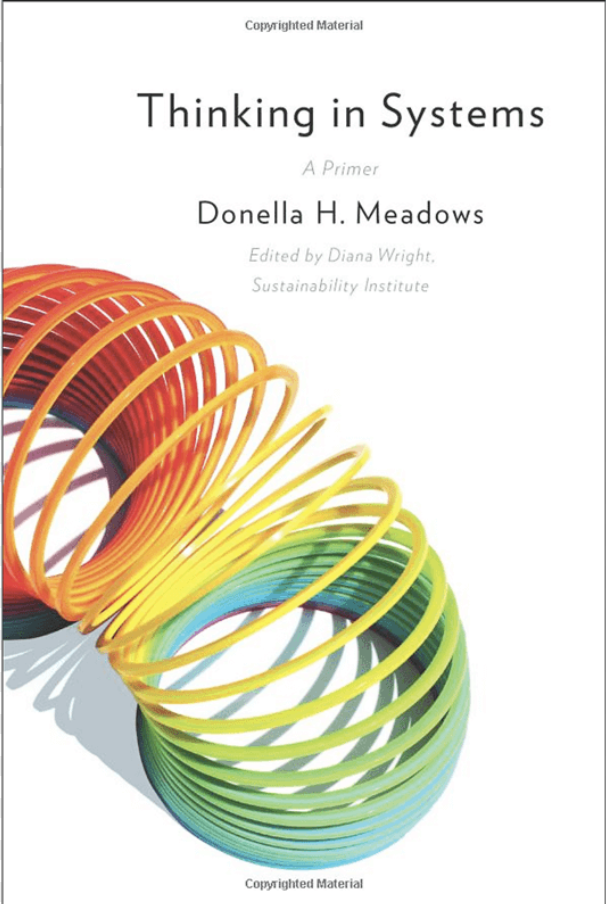
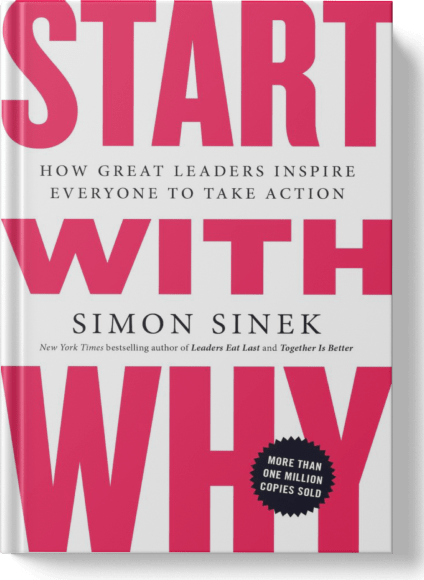
Start with why
The book first helps us to understand the differences between WHAT we do, HOW we do it, and WHY we do what we do, the way we do it.
You will see many examples of businesses that found success, even in hard times, because they knew and were able to communicate WHY they were in business. By contrast, the book also gives you examples of companies that had all the “right ingredients” for success but failed to communicate WHY they were doing anything and failed because of it.
You learn that your WHY must resonate with customers. They need to know why you sell that product and it needs to tie into WHY they would buy it. Otherwise, you become a commodity, scrambling to fight for scraps with other purposeless businesses.
No matter where you are in your career, or where your company is in the market, it is never too late to Start with Why.
If you believe that value comes from being driven by a purpose, this book is for you. If you feel lost, like your actions are not building towards your dreams, this book is for you. If you feel like your company is not resonating with your market, this book is for you.
If you or your team members question why your company even exists, stop now, and read this book to understand how important a WHY is for your business.

Leadership jazz
This book will shift the goal development of anyone truly wanting to lead the making of a difference in their own work, the work of their associates, and the environment of their organization. This book shares the power each player has to lead, no matter their “position” in the organization. Every person benefits in understanding the dynamics they will discover in Leadership Jazz.

